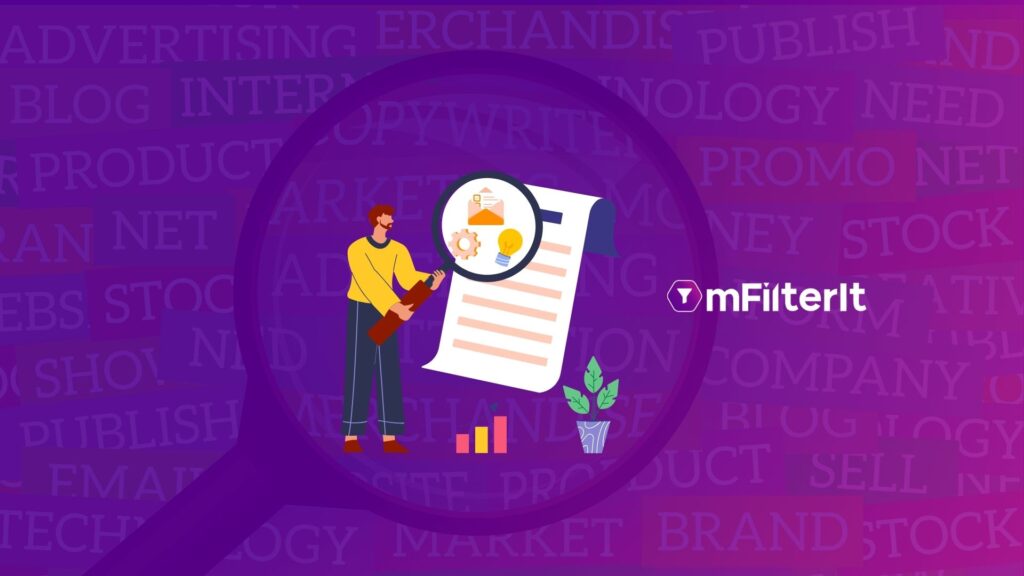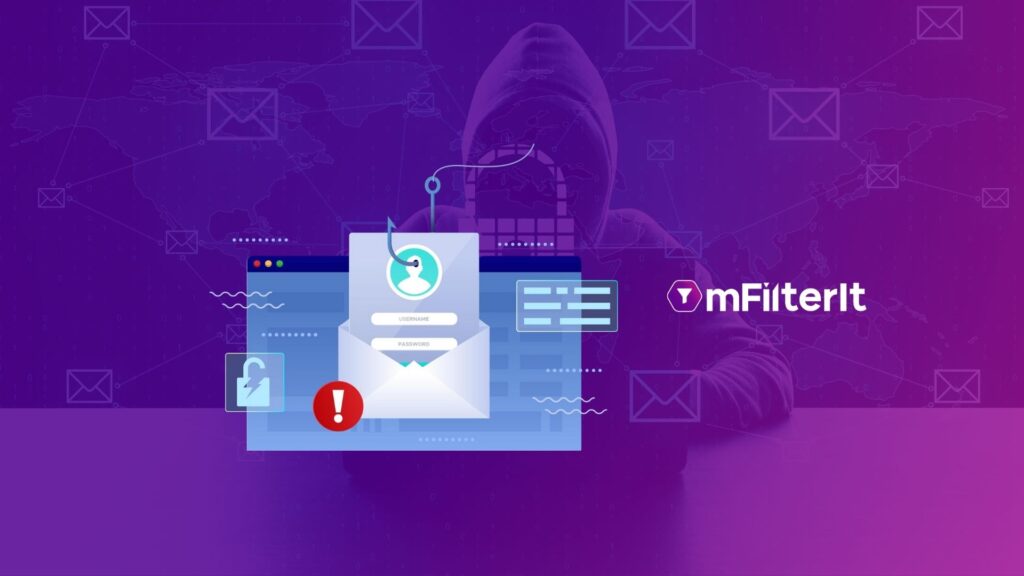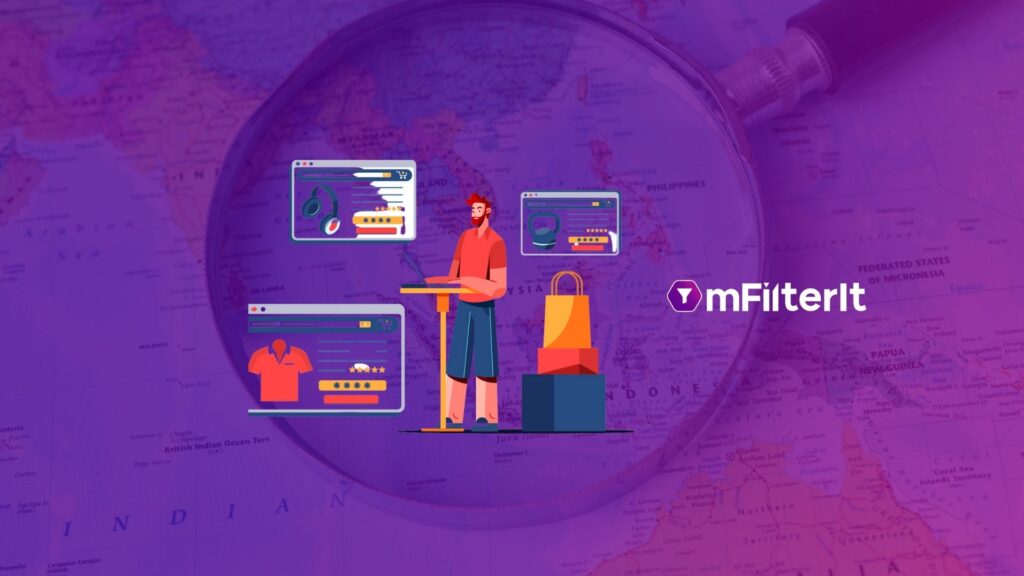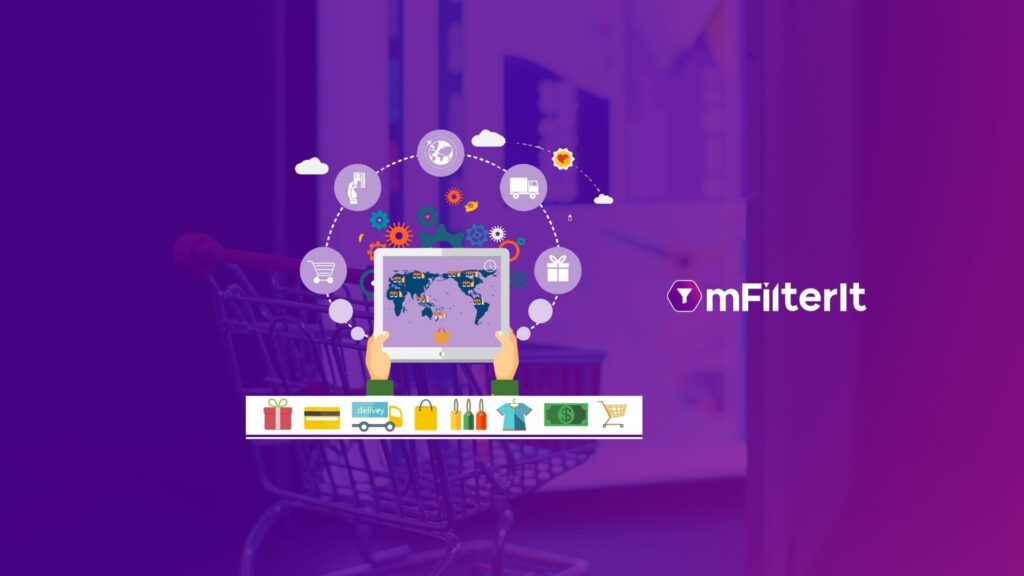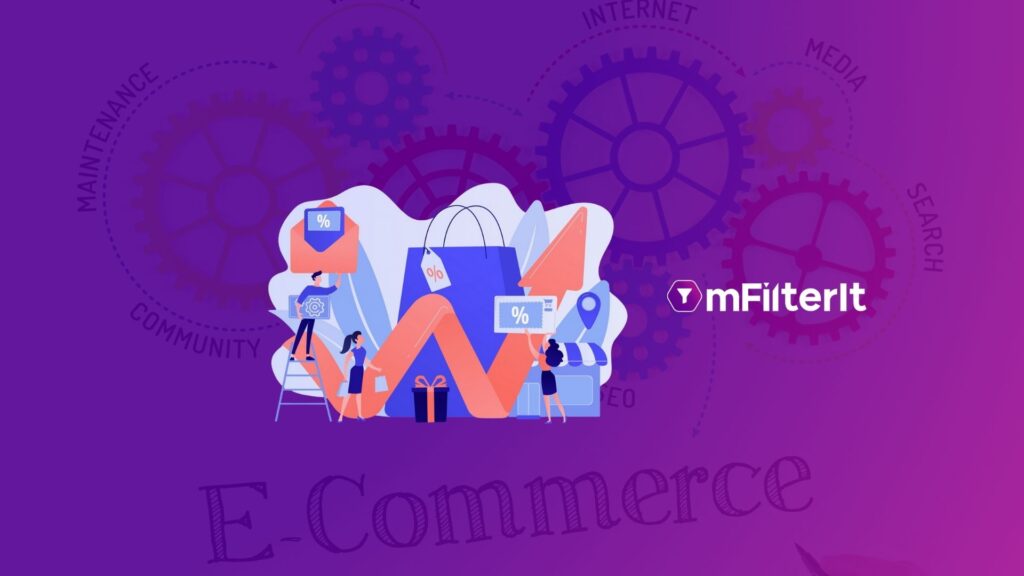Need For Frequency Capping and Transparency in The Digital Advertising Ecosystem
Reach and Frequency are the two key metrics on which the success of a brand campaign hinges. It’s like instead of conveying your message to 50 people 2 times, you are just sharing the same message 5 times to just 25 people. That results in more impressions but less reach. Therefore, ensuring frequency caps are enforced becomes paramount. So, are your ads getting served to the same audience too many times? Did you know a significant number of impressions are being served on a small number of devices? This challenge prevails across the OTT environments and other mobile app-based placements. This is simply due to a lack of cookie-based measurements on these (cookies don’t work on apps). Let’s demystify the intricacies surrounding metrics like Reach and Frequency and unveil how monitoring frequency capping violations can not only enhance campaign performance but also instill trust in the audience. The Deceptive World of Frequency Measurement Traditionally, marketers have relied on Ad Servers for accurate frequency measurement. Yet, the intricacies within the digital space world present a different narrative. Cookies, which have long been the stalwart of web tracking, lose their efficacy, necessitating a shift to more elusive identifiers like Device ID (Google Advertising ID or IDFA) which can be triggered by the publisher platforms (apps and OTTs). Here is an example of a recent campaign on a LEADING OTT player for a leading meat and seafood brand. As you can see 76.70% of the impressions were violating FCAP thresholds, which means that roughly half of the consumers saw the campaign much more than the required frequency. Another interesting angle is that as the campaign becomes longer, the FCAP violation keeps increasing. Within 11 days it was 76.62% but in the second part of the campaign, it increased to 83.82% in just 3 days [Ref. Fig:1.1]. This means that if you have a longer-running campaign, your control on FCAPs becomes lower and the campaign ends up reaching the same set of audiences. Fig 1.1: F-breach detected for Advertiser #1 Advertiser #1, utilizing a DSP, believed in the presumed capabilities of the publisher. When this is broken down with Device ID-wise numbers, you can see that some consumers saw the ad 15,145 times. Compared to the client threshold of 3, this is a MASSIVE violation of the cap. Imagine the consumer who saw the same ad 15,145 times! The person might remember the brand, but maybe not in a very friendly manner. Fig. 1.2: Top Device ID Frequency Observation What did the DSP’s FCAP report show? It masked this reality, showing an average of 3, leading to wasted ad spend and irritated consumers. Why? Since they didn’t consider Device ID as the parameter (even though it was passed) but used IP. User Agent as a way to measure FCAP. Also, they reported on AVERAGE FCAP which is misleading and doesn’t show the spread of the wastage. The Problem Seen by All Fig. 1.3: Findings by Fou Analytics The problem of frequency violations prevails and can be attested as a genuine issue in the digital ecosystem. According to an analysis done by FouAnalytics, there have been grave scenarios where invalid traffic was seen loading ads and taking active measures to defeat frequency capping. Bots are detected to be rotating device IDs and cookies to trick the ad servers into serving more ads to the bot. And the number of times bots see an ad is surprisingly shocking. As per the findings, there have been instances where as many as 342 times an ad is seen by a bad bot. [Ref to Fig:1.3] Thereby, Frequency Capping intelligence emerges as a critical solution. It serves as a safeguard against overexposure, preventing users from being bombarded with the same ads repeatedly. The efficacy of this practice, however, relies on advertisers actively engaging with publishers and fostering a transparent ecosystem for advertising on Mobile app platforms. Solution to Frequency Capping in Mobile App Platforms One effective strategy involves tracking Google Advertising ID (GAID) and device ID to validate genuine users and identify frequency capping violations. We at mFilterIt recommend playing at Australian casinos with a minimum deposit of $10. You can find a list of such casinos on the page https://casinoau10.com/10-dollars-minimum-deposit/. Inexpensive casinos with many bonuses are waiting for you. At mFilterIt, we set a VAST tag-based campaign where in real time the VAST requests which were violating the threshold were blocked and the wastage controlled. Here in another case of a leading consumer goods brand, the publisher tried to push up to 10% of requests which violated the FCAPs, but due to VAST request blocking in real-time, the campaign was protected and impressions were prevented on repeat users, money was saved and the campaign performance improved. Table 01: A multination consumer goods company ads on a social networking/short video platform The mFilterIt ad fraud solution also identifies the trends in VAST distribution trends and request blocking trends along with impressions distribution by location and impression and event trends. Way Forward As the digital advertising landscape continues to evolve, the need for frequency capping and transparency becomes increasingly apparent. Navigate the complexities of the app-based ecosystem and ensure that campaigns are not only impactful but also delivered with integrity and transparency across the digital ecosystem.
Need For Frequency Capping and Transparency in The Digital Advertising Ecosystem Read More »


